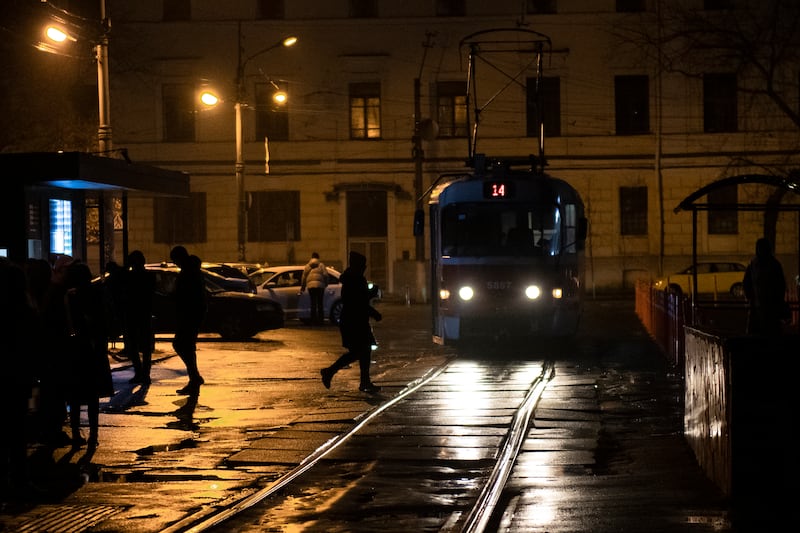Ukraine has received its first Nasams air defence systems from the US and Aspide units from Spain, as Russia continues its missile and drone strikes on electricity infrastructure that have triggered blackouts nationwide.
“Nasams and Aspide air defence systems arrived in Ukraine!” Oleksiy Reznikov, Ukraine’s defence minister, said in a tweet on Monday. “These weapons will significantly strengthen Ukraine’s army and will make our skies safer.”
He added: “We will continue to shoot down the enemy targets attacking us. Thank you to our partners: Norway, Spain and the US.”
Nasams are a short- to medium-range surface-to-air missile defence system developed jointly by Kongsberg of Norway and Raytheon of the US.
READ MORE
The Aspide system made by Italy was provided to Kyiv by Spain.
The systems’ arrival comes weeks after Ukraine received Iris-T air defence missile systems from Germany, the first such sophisticated kit provided to Kyiv since Russia’s full-scale invasion more than eight months ago.
[ ‘Sabotage’ leaves Kherson city and some settlements without power and waterOpens in new window ]
Ukraine has long called for modern Nato standard air defence systems to protect its civilian infrastructure, as its troops push back against Russian forces occupying more than 15 per cent of its territory in its eastern and southern coastal regions.
The US is working with its allies to locate as many systems and as much ammunition as possible.
“There’s work ongoing to figure out how much can be produced and how fast, not just for US systems, but for other systems as well,” said a US defence official.
Kyiv’s need for more and better air defence systems comes as Russia has stepped up its aerial bombardment of critical Ukrainian infrastructure to make up for its stalled ground campaign.
[ Ukraine draws up Kyiv evacuation plan in case of complete power blackoutOpens in new window ]
Moscow is using precision-guided missiles and swarms of Iran-supplied Shahed 136 kamikaze drones that can carry a warhead of up to 40kg. Although Ukraine has destroyed the majority of the incoming drones and missiles, enough have made it through to take out more than a third of Ukraine’s electricity-generating capacity over the past month.
About 4.5 million Ukrainians are without power, President Volodymyr Zelenskiy said in his nightly address on Sunday.

Analysts cautioned that without better air defence, thousands of Ukrainians could freeze this winter.
“With rolling blackouts already affecting much of the country and the weather already getting cold, the urgency of these requirements is hard to overstate,” military experts Justin Bronk, Jack Watling and Nick Reynolds argued in a report published on Monday by the Royal United Services Institute.
They said the West needed to supply Kyiv with more shoulder-launched Manpad surface-to-air missiles and radar-guided anti-aircraft guns such as Germany’s Gepard to shoot down the Iranian drones. Ukraine also needs western fighter jets such as Swedish Saab Gripens to consolidate its territorial gains, the report added.
Ukraine faced a 32 per cent deficit in projected power supply on Monday, Sergei Kovalenko, chief executive of Yasno, a major supplier of energy to the capital, Kyiv, said on his Facebook page.
“This is a lot, and it’s force majeure,” he said. Meanwhile national energy authorities warned of planned outages but also possible further restrictions in Kyiv and the region around it as well as six further regions of the country.
The warnings followed remarks by Kyiv mayor Vitali Klitschko urging residents to “consider everything” including a worst-case scenario where the capital loses power and water.
“If you have extended family… or friends outside Kyiv, where there is autonomous water supply, an oven, heating,” he said in a weekend television interview, “please keep in mind the possibility of staying there for a certain amount of time.” – Copyright The Financial Times Limited 2022/Agencies














